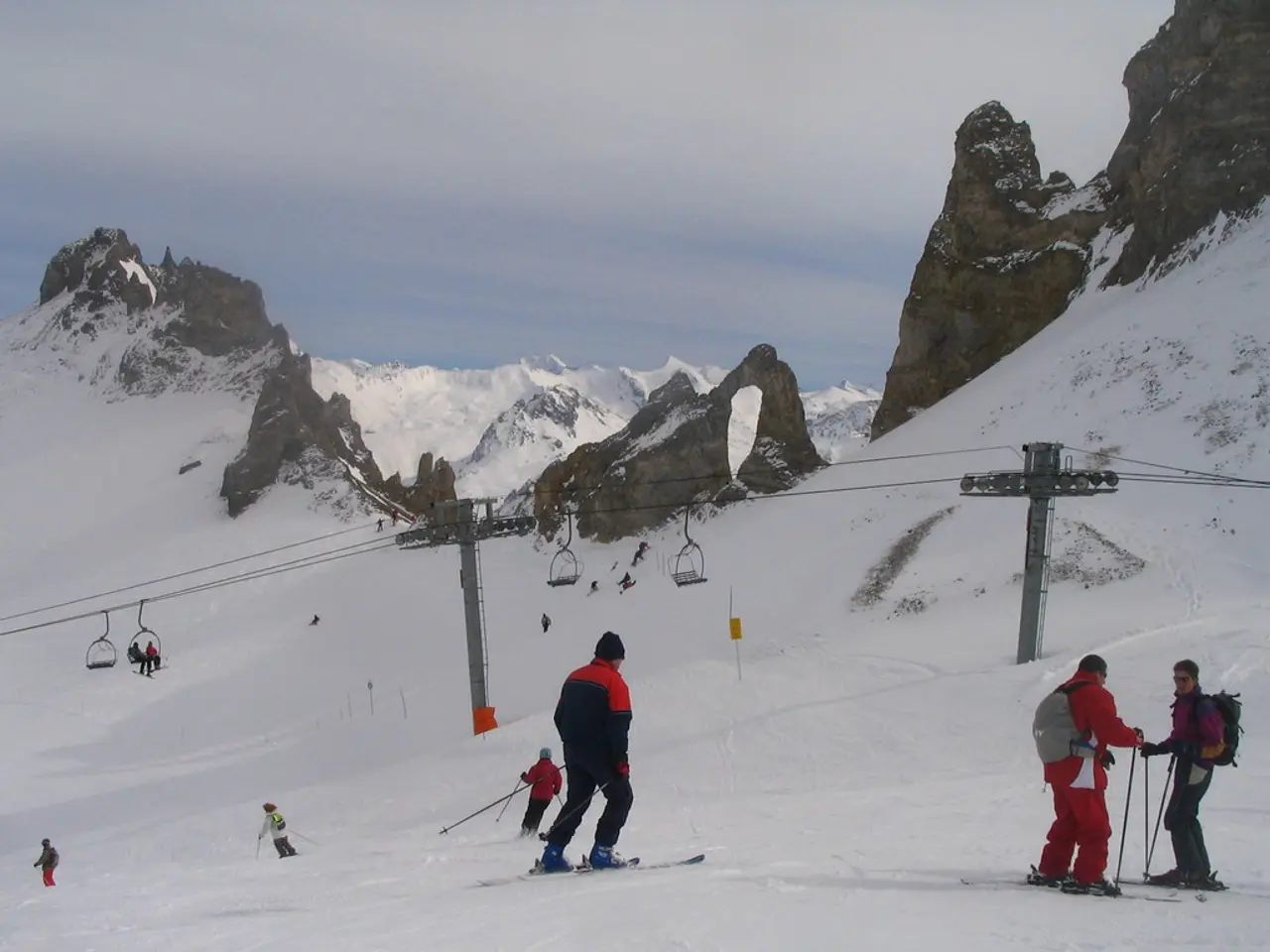Nuclear Test Sensor Expert Reveals Method for Monitoring Glacier Melt in Kazakhstan
The International Monitoring System (IMS) is a global network of sensors designed to detect nuclear tests, but its applications extend far beyond this crucial function. In Kazakhstan, the IMS is being utilised for climate change research, particularly in the study of glaciers in the Tien Shan and Dzungaria mountain ranges.
This year, the SnT2025 conference brought together over 2,000 participants from 153 countries to discuss various disciplines related to seismology, medical gas monitoring, infrasound oceanography, machine learning, data science, and more. At the conference, scientists from Kazakhstan's National Data Center presented their findings on the correlation between dropping temperatures and glacier events.
In Kazakhstan, seismic activities related to glaciers occur mostly during the winter months. A dedicated team of scientists has been working tirelessly to classify the events detected by IMS stations into four types: ice expanding and cracking, ice breaking off, ice hitting the lower ground, and ordinary tectonic activity. This classification is crucial for understanding the behaviour of glaciers and for optimising restoration measures.
One innovative approach involves the use of high-precision laser multisensors on drones to map emissions spatially and temporally. This method, employed in sensitive ecosystems such as peatlands, provides a better understanding of greenhouse gas emissions, aiding in the fight against climate change.
However, mislabeling glacial activity as seismic activity could lead to false forecasts and distortions in seismic hazard assessments. Mukambayev, a leading scientist, warned that higher temperatures increase the likelihood of glacier activity, with more activity associated with melting during the day and destruction at night.
The IMS combines seismic, hydroacoustic, infrasound, and radionuclide monitoring technologies to detect nuclear tests. The CTBT, which prohibits nuclear testing "by everyone, everywhere, and for all time," is backed by this global network of sensors. However, the treaty has not yet taken effect, as it still requires ratification by nine nations.
The IMS technology has applications beyond nuclear test detection. In 2005, the Makanchi IMS station detected small magnitude events located 550 kilometers deep in the Tian Shan mountains, contributing to earthquake and tsunami warnings. Furthermore, the IMS network helped confirm that an earthquake in Iran last year was unrelated to nuclear activity.
As the world grapples with the challenges of climate change and nuclear non-proliferation, the IMS stands as a beacon of international cooperation, demonstrating the potential for scientific advancements to address these pressing global issues. With over 300 monitoring stations deployed worldwide, sending data continuously to the CTBTO's International Data Center in Vienna, the IMS continues to play a vital role in ensuring peace and a sustainable future for all.
Read also:
- Latest Edition of Bus-News Magazine Arrives for 2023!
- Testing the Camp Mode of the 2025 Tesla Model Y with Juniper's interior housing two kids, shockingly low CO2 levels were discovered.
- Demonstrating Carbon Storage in Agricultural Forestry through Digital Monitoring and Verification
- Updated advice for enhancing zero-emission bus (ZEB) resilience from the Center for Transportation and the Environment (CTE)








